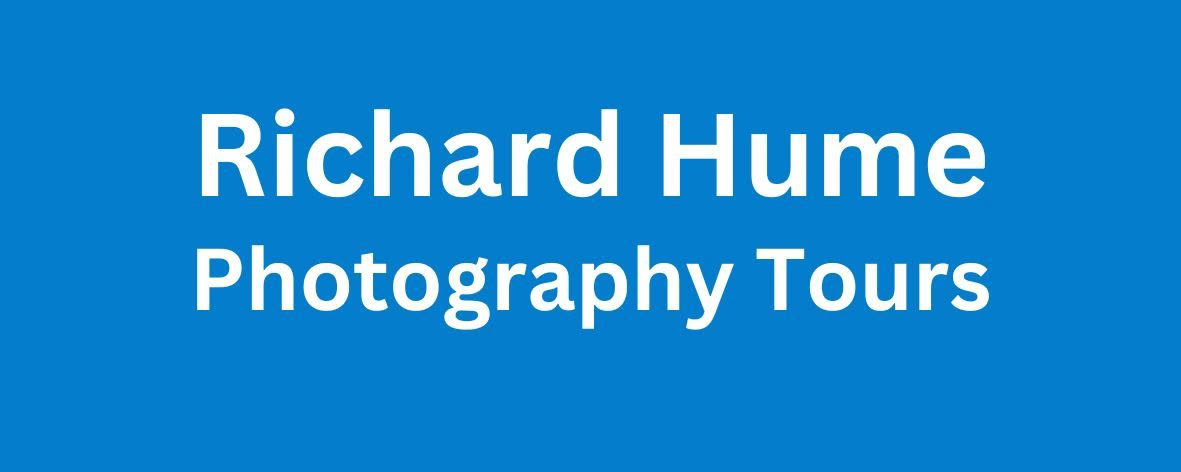Few places offer the diversity, drama, and variety in the natural landscape of New Zealand, a country full of landscapes that inspire and captivate, according to Tourism New Zealand. For many photographers, joining one of our New Zealand photography tours or workshop is the best way to experience it. These journeys combine safe adventure with the chance to improve your skills, connect with like-minded people, and discover hidden locations that don’t appear in guidebooks.
In this guide, we’ll walk through everything you need to know: what to expect on a photography tour in New Zealand, the regions you’ll explore, and how to prepare so you can make the most of the experience.
Why choose a New Zealand photography Tour?
New Zealand has long been a dream destination for landscape photographers, and for good reason:
-
Dramatic landscapes: towering peaks, mirror-like lakes, sweeping tussock valleys, wild coasts, and skies untouched by city glow.
-
Safe adventure: remote and rugged, yet with world-class infrastructure and hospitality.
-
Connection with others: a photo tour brings you into a small group of enthusiasts who share the same passion.
For many guests — photography enthusiasts with more time to travel — New Zealand Photography Tours are about more than photography. They are about meaning: connecting with nature, embracing unpredictability, and learning new skills in unforgettable settings.
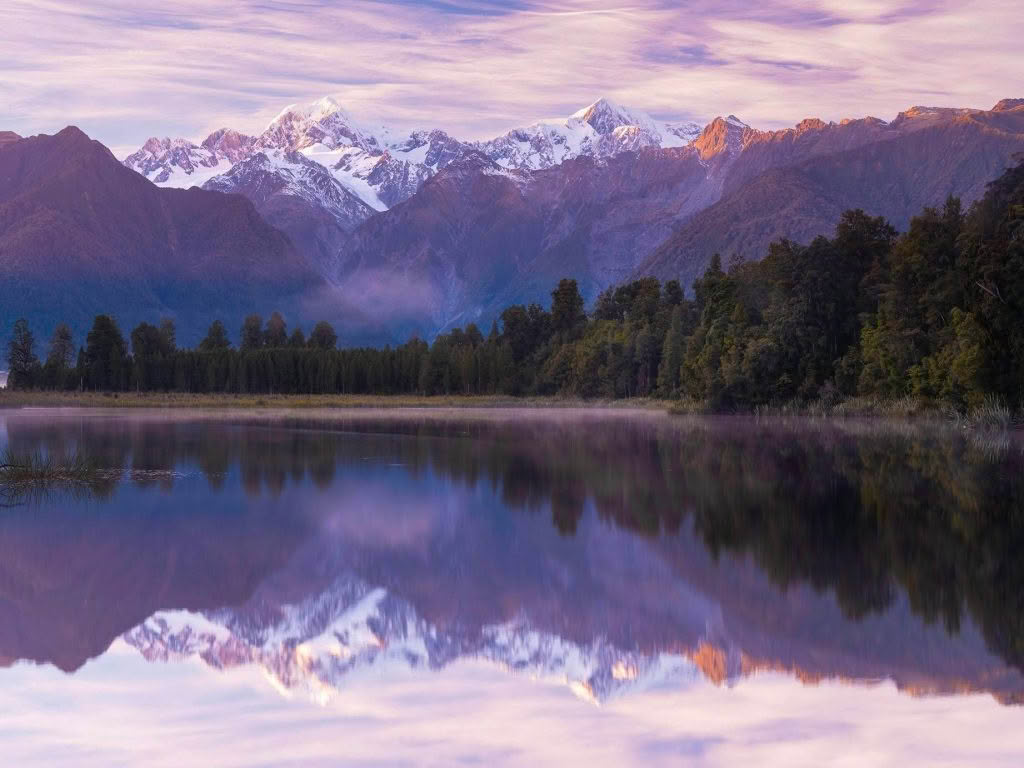
Tours vs. Workshops: What’s the Difference?
Both photography tours and photography workshops in New Zealand help you grow as a photographer, but they serve slightly different needs:
-
Multi-day tours: These are immersive journeys across several locations, often covering South Island regions like Fiordland, Mackenzie, and Otago. Days are structured around sunrise and sunset shoots, with travel between locations in between. Tours allow you to experience the diversity of the New Zealand and capture a portfolio of images that tell a story.
-
Short workshops: Typically one or two nights, these are location-specific. Workshops include photo-editing sessions and suit those with less time, or those wanting to refine specific skills.
Which is right for you depends on whether you’re seeking a deep exploration across New Zealand, or a shorter, focused learning experience.

What to Expect on a New Zealand Photography Tour
Every photo tour is different, but there are some common threads you can expect:
Small Groups, Big Experiences
Tours are usually limited to small numbers. This means more personal guidance, more space to set up shots, and stronger connections within the group.
Hidden Locations
With local knowledge, you’ll reach places you might never find alone: Years of experience photographing in these locations has taught me where some of the best shots can be captured, often in off-the-beaten-track spots.
The Rhythm of the Day
A typical day balances creativity and rest:
-
Early mornings chasing first light.
-
Midday travel, image review, and editing sessions.
-
Afternoon/Evening shoots during golden hour as as the sun drops.
Flexibility with Nature
Above all, be ready for change. In New Zealand, weather and light can change quite quickly and this can change the focus of our photography. The real skill lies in reading the conditions — adapting to them is all part of the journey.
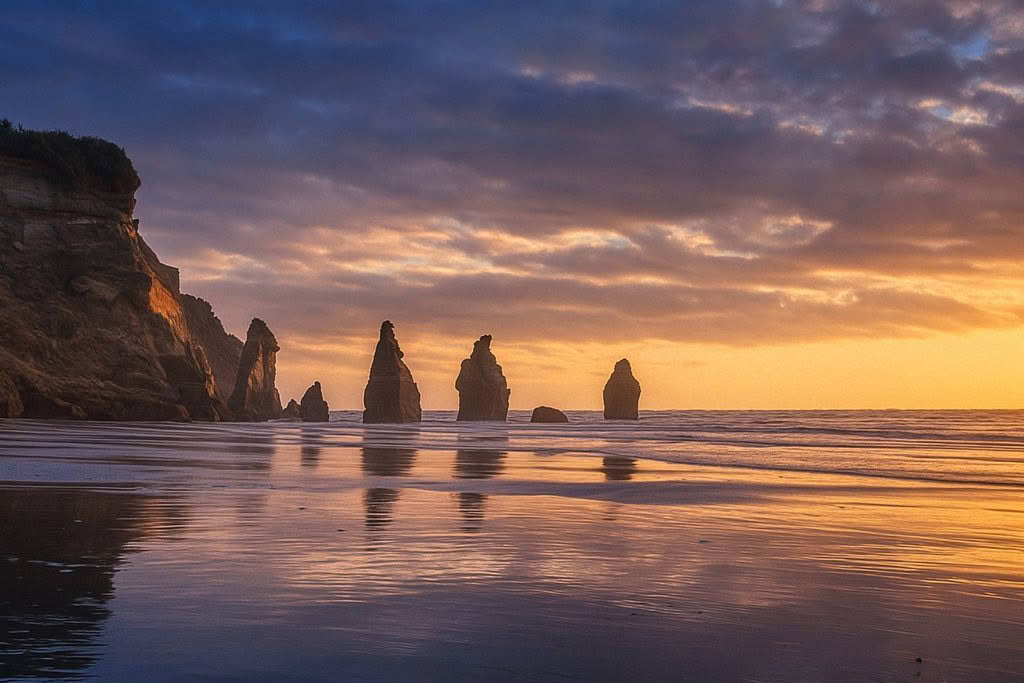
The Best Regions for Photography in New Zealand
While every corner of the country has photographic potential, a few regions stand out for landscape photography tours in NZ:
Mackenzie Country
-
Highlights: Aoraki/Mount Cook, Lake Pukaki’s shifting turquoise, Lake Tekapo’s lupins, and one of the world’s premier dark sky reserves.
-
Why it’s special: The Mackenzie is a photographer’s dream for both grand landscapes and night skies. On clear nights, the Milky Way arches like a river of light above the peaks.
Otago
-
Highlights: Central Otago’s gold-toned hills, Great lakes and wide valleys framed by mountains.
-
Why it’s special: Otago blends pastoral beauty with rugged high country. In autumn, the colour palette of ochre and gold is unmatched.
Fiordland
-
Highlights: Milford Sound, Doubtful Sound, and countless hidden valleys carved by ice and water.
-
Why it’s special: Few places offer photographers incredible photo opportunities like Fiordland. Dramatic, moody, and often cloaked in mist, it’s a place where light and weather create endless possibilities. Learn more about these protected landscapes on the Department of Conservation’s website.
Central Plateau, North Island
-
Highlights: Tongariro National Park, Mount Ruapehu, volcanic landscapes, emerald crater lakes, and geothermal areas.
-
Why it’s special: The Central Plateau offers a striking contrast to the South Island’s sweeping valleys and fjords – a dramatic landscape where where the light and weather shift quickly. Volcanic peaks rise dramatically from rolling tussock lands, and the region’s vivid landscape creates unique photographic opportunities.
These regions form the backbone of most NZ photo tours, offering variety, drama, and a lifetime’s worth of images.
You can also check out my 5 Top Locations in the North Island and 5 Top Locations in the South Island articles.
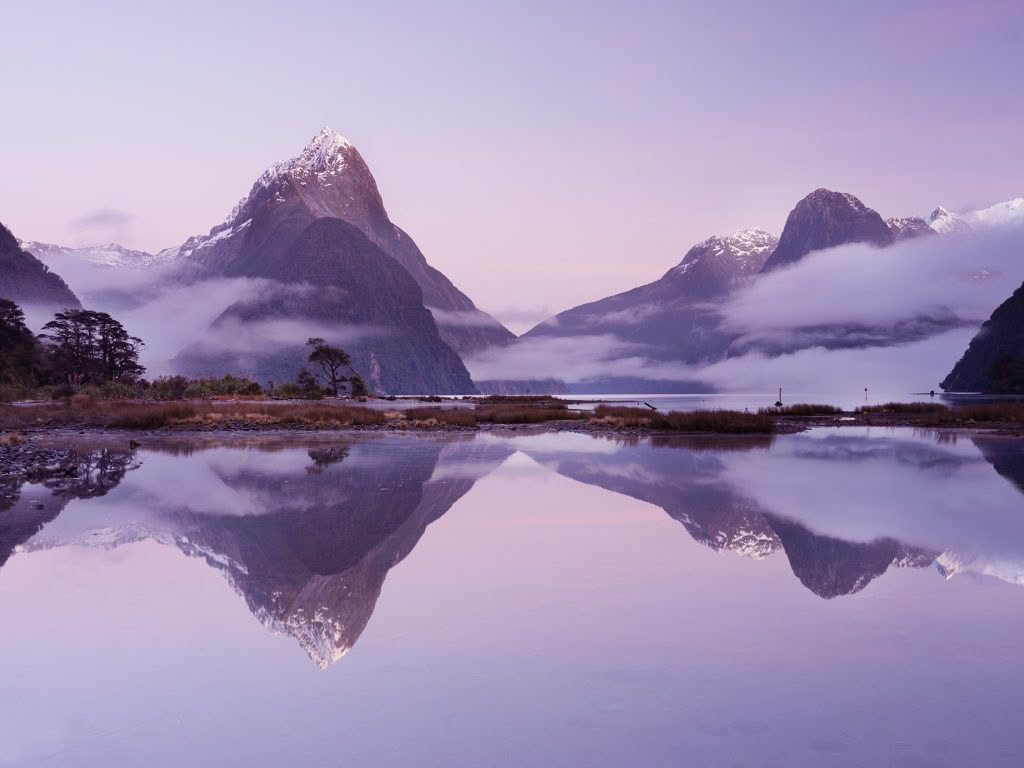
How to Prepare for a Photography Tour in New Zealand
Preparation is key to making the most of your journey. Here’s what to think about:
Photography Gear
-
A reliable DSLR or mirrorless camera.
-
Wide-angle and telephoto lenses for landscapes.
-
A sturdy tripod for long exposures and night skies.
-
Filters (ND, polariser) for creative control.
-
Backup memory cards, external drives, and a laptop for editing.
Clothing & Practical Gear
-
Layered clothing: mornings can be frosty, afternoons mild.
-
Waterproof jacket and pants — weather shifts fast.
-
Good hiking shoes with grip.
-
Gloves and beanie in cooler months.
Fitness & Mindset
Most tours don’t require extreme fitness, but a basic level of walking ability is helpful. More important is mindset: patience, curiosity, and willingness to embrace conditions as they are.
Travel Tips
-
Best times to visit: Autumn for colours, winter for snow, spring for lupins, summer for long evenings.
-
Transport: Tours handle logistics, letting you focus on photography.
-
Accommodation: Comfortable, often locally owned lodges or hotels — the focus is on proximity to landscapes.
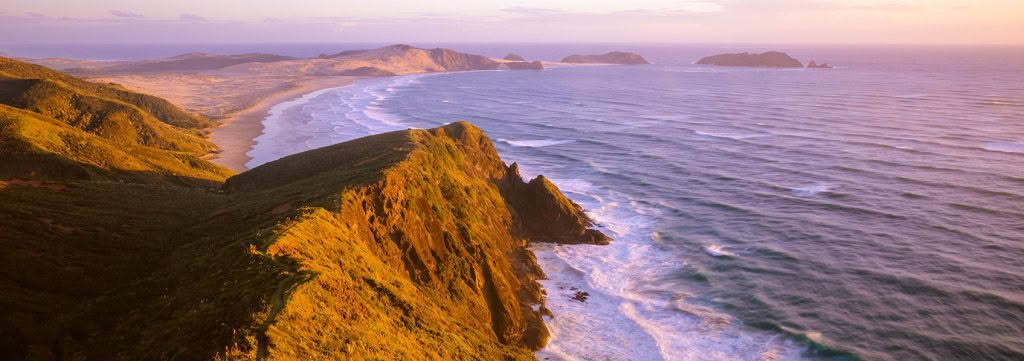
Why Small Group Tours Make a Big Difference
Large groups can overwhelm a location, making it harder to focus on your craft. In contrast, small group photography tours in New Zealand mean:
-
More one-on-one time with your guide.
-
Easier logistics and more flexibility.
-
A sense of camaraderie as you share the experience together.
Is a New Zealand Photography Tour Right for You?
If you love photography — whether you’re a beginner wanting to master manual settings, or an experienced shooter chasing world-class landscapes — a tour in New Zealand offers both growth and adventure.
These journeys aren’t just about taking home a set of stunning images. They’re about immersing yourself in nature, learning to adapt to changing conditions, and sharing the joy of discovery with others who see the world through the same creative lens.
Final Thoughts
New Zealand is more than a backdrop for photographs. A photography tour in New Zealand gives you the time, guidance, and access to truly connect with this place — and return home not only with images, but with experiences that stay with you long after the shutter clicks.
If you’re ready to explore, learn, and capture the beauty of New Zealand, our tours and workshops are designed to guide you every step of the way.
